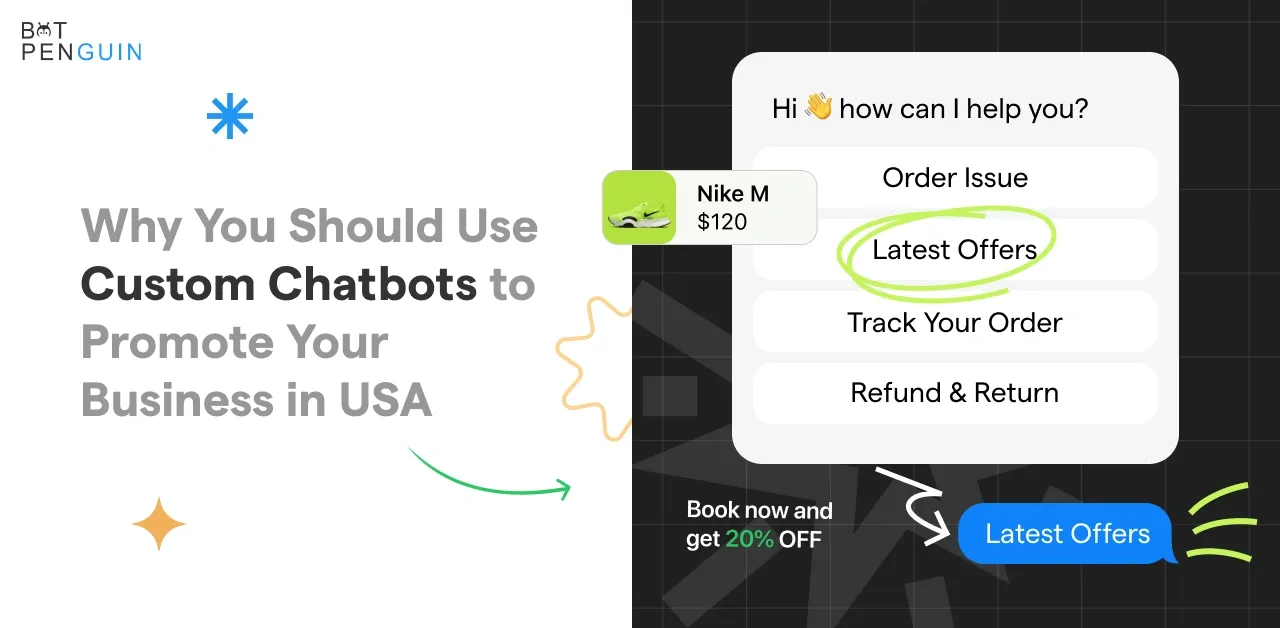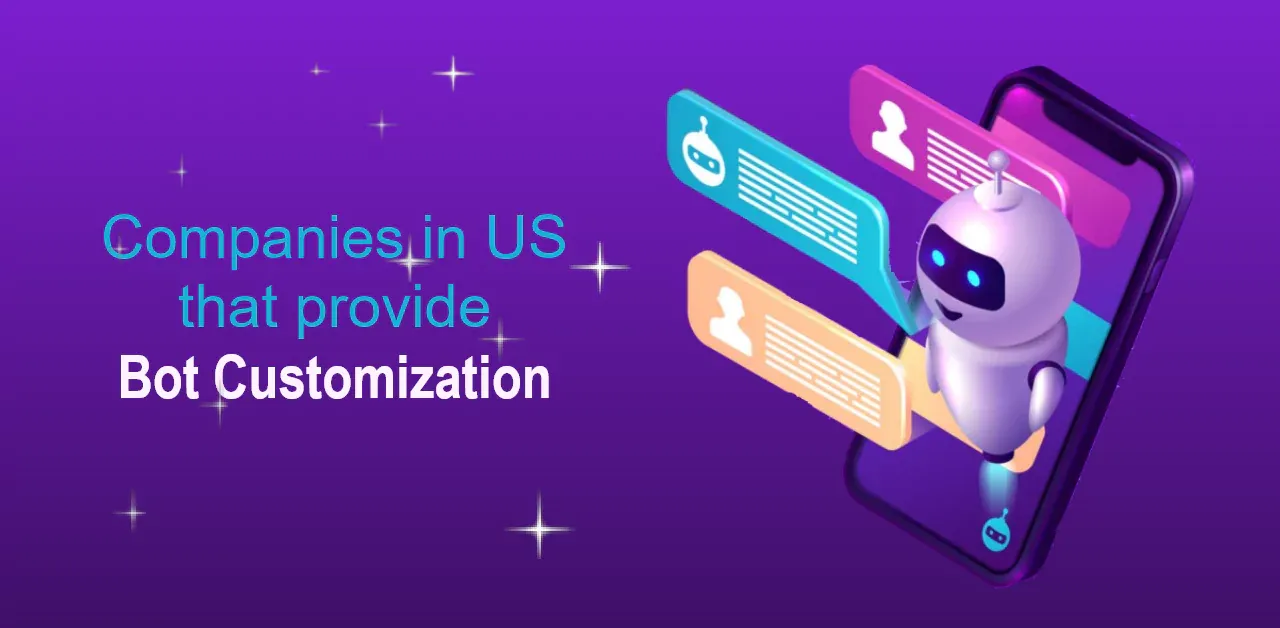Introduction
Building your applications from scratch, lets you have a plethora of opportunities to apply AI models in custom-built solutions. So are you looking for a tutorial on “Custom GPT Applications?", then this blog is for you.
Custom GPT applications, powered by fine-tuned language models, are revolutionizing industries worldwide. These tailored models enhance customer service, automate tasks, and provide personalized recommendations.
From healthcare diagnostics to financial analysis, custom GPTs streamline processes, improve decision-making, and elevate user experiences.
Custom GPT's adoption continues to grow, driven by data quality, ethical considerations, and industry-specific needs catered to. From financial analysis to customer support, from healthcare diagnostics to automated tasks, the real-world uses of custom GPT applications are profound.
In this article, we will understand the custom GPT applications in more detail, discuss a step-by-step guide to custom GPT applications, and also look at the key challenges and considerations associated with them.
What are custom GPT applications?
Applications that are being developed with the use of GPT are generative AI models that are still in the development process being created by training with the use of GPT.
These applications are specialized and address certain needs and services for the users such as the business persons.
While general GPT has many functions to maintain their versatility, the presented custom GPT applications are designed for a specific domain; accordingly, to the above-mentioned custom GPT applications, provide more accurate answers compared to general GPT models.
This opportunity results in the adoption of AI as per the requirements of businesses but at the same time enhancing their performance or productivity.
The Benefits of Custom GPT Applications
Some of the potential GPT benefits associated with developing customized applications are as follows:

Personalized User Experiences
Custom GPT applications are very specialized in answering to make the conversation more close and special.
For example, a custom GPT chatbot can be programmed in a way where it can remember what a certain user said in the previous conversation and adjust subsequent responses.
This personalization ensures a high level of satisfaction and thus users can spend more time interacting with the site.
Loyalty is cultivated when, among other things, the car-holder retains some information about previous communication.
This may result in increased customer retention and, ultimately, enhanced customer satisfaction levels.
The overall advantage of contextual advertising, as well as the direct interaction with customers, is that using custom GPT allows establishing a long-term and more profound relationship with the client.
Improved Efficiency and Productivity
Employing the use of custom GPT applications for automation of repetitive work reduces time. For example, in customer service, a custom GPT system would answer frequently asked questions, so employees can address complex questions.
This efficiency implies that more responsibilities can be accomplished by experts and those that involve problem-solving and innovative thinking by human beings.
This in turn increases efficiency and minimizes the expenses associated with the working of the organization. More call volume can be managed with less of a strain on the business and its need to hire more employees.
As mentioned, GPT solutions are usually custom-made which means that they bring improvements in the current flow of processes and make operations easier to conduct.
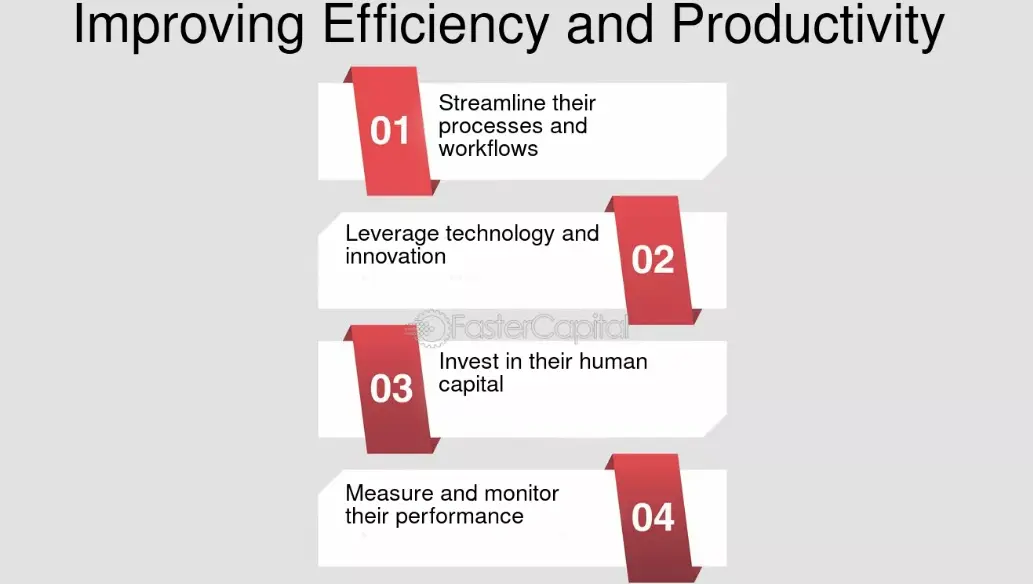
Enhanced Creativity and Innovation
Custom GPT technology can write copy, it can create text for marketing, or write descriptions for products. This enhances performance and allows organizations to generate new ideas by coming up with solutions that are different from the traditional ones.
For example, a marketing team can use a custom GPT application to make ideas for slogans or create great content for social networks.
It can therefore be used to write articles or even scripts depending on the writing map involved, or even coding. Organizations are also able to outcompete other businesses by producing novel and creative content, using custom GPT.
It reveals fresh opportunities to express one’s creativity that was before time-consuming or just impossible.

Case Studies of Successful Custom GPT Applications
Let's look at some case studies of custom GPT applications :
Customer Support Chatbots: A company used an open custom GPT chatbot to provide 24/7 customer support, resulting in faster response times and increased customer satisfaction.
The chatbot could handle a wide range of inquiries, from account issues to product information, significantly reducing the workload of human agents.
Content Creation Tools: A blog platform implemented a custom GPT application to help writers generate engaging posts, leading to higher user engagement.
Writers used the tool to get ideas, draft outlines, and even write entire sections of their blogs, which improved the quality and quantity of their output.
Healthcare Support (Ada Health): Ada Health developed a custom GPT-powered chatbot to provide preliminary medical advice and symptom checking, enhancing patient engagement, delivering quick and accurate health information, and reducing pressure on healthcare professionals.
E-commerce Personalization (Shopify): Shopify employed a custom GPT application to personalize product recommendations and automate customer engagement through chatbots, improving conversion rates, and customer satisfaction, and reducing cart abandonment rates by offering tailored shopping experiences.
Legal Document Automation (LawGeex): LawGeex implemented a custom GPT model to automate the review and approval of legal contracts, reducing review times from weeks to hours, minimizing human error, and enabling legal teams to focus on higher-value tasks.
Financial Market Analysis (JPMorgan Chase): JPMorgan Chase developed a custom GPT application to analyze financial reports and market data, enhancing the speed and accuracy of market predictions, and thereby giving the bank a competitive edge in trading and investment strategies.
Suggested Reading:Exploring Generative AI Applications in Businesses
Steps to Get a Custom GPT Application Developed
Getting a custom GPT application developed involves a series of steps. These steps ensure that the application meets your business needs and integrates smoothly into your existing systems.
Identifying Your Business Needs
First and foremost, you have to understand your business needs. Look at tasks that need to be improved with the possibility of automation.
Think of how a custom GPT application could help. Maybe you need quality customer service or automation in content creation. Clearly defining your needs will guide development.
For example, if your customer service is overloaded by frequently asked questions, then a custom GPT chatbot might handle these inquiries efficiently to free up your team's time for more complex problems. Or if you are churning out large volumes of written content, then a custom GPT application could help generate drafts or even creative ideas that can speed up the writing process.
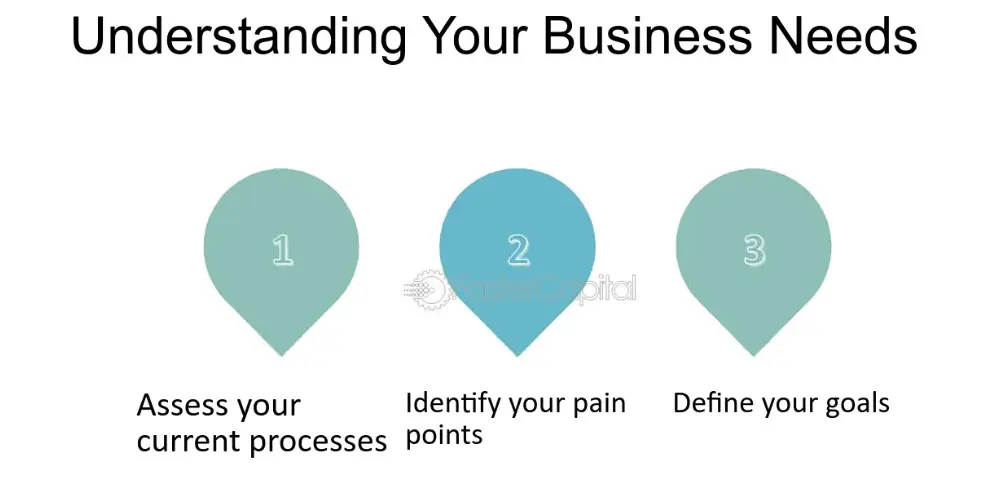
Setting Clear Goals
Next, set clear goals. What do you want to achieve with your custom GPT application? Define specific outcomes like reducing response times or increasing customer engagement. Clear goals will help you measure success and stay focused during development.
For instance, you might aim to cut response times by 50% within the first six months or to increase customer satisfaction scores by 20%.
Having these targets in place allows you to track the application's performance and make adjustments as needed to ensure it meets your objectives.
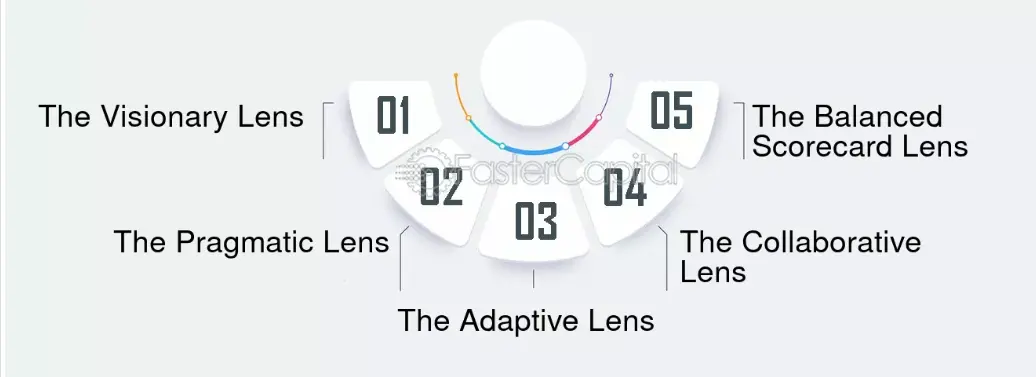
Researching and Selecting the Right Development Company
Choosing the right development company is crucial. Look for companies experienced in building custom GPT applications. Check their past projects and client reviews.
A good development company will understand your needs and help you create an effective custom GPT solution. Consider companies that have a proven track record with OpenAI custom GPT projects.
Discuss your project in detail with potential partners to gauge their understanding and approach. The right partner will be able to offer insights and suggestions that enhance your project.

Gathering and Providing Necessary Data
Now, you need to procure some data to train your application with custom GPT. Collect data that will be processed by your AI. That is, customer interactions, emails—whatever it is that you want the AI to process.
The more high-quality the data is, the better your application on top of custom GPT will work. You must also have clean, organized, and full data.
For example, if you want to build a customer service chatbot, include a large range of all kinds of customer inquiries with the various answers.
This is the diversity that will enable the AI to learn and respond to all kinds of situations. Moreover, customers' privacy has to be protected; hence, anonymize data where necessary and ensure compliance with data protection regulations.
Working with a Development Company for Custom GPT Application
Working with a development company to create your custom GPT application involves detailed planning, development, and integration.
This collaboration ensures the application is tailored to your business needs and functions effectively.
Initial Consultation and Project Planning
Begin with an initial consultation. Describe your needs and goals to the development company. They will help you plan out the project and outline the steps involved in building your custom GPT application.
This phase is about aligning expectations—understanding the scope, timelines, budget, and technical requirements of the project. Also, features or improvements might be suggested by the development company.
Clear communication at this stage lays a strong base for the project and will avoid misunderstandings later.
Developing the Application
Once planning is complete, the development team will start building your custom GPT application. They will create the necessary infrastructure and develop the AI model.
This stage involves a lot of coding and technical work. The team will set up servers, databases, and the AI framework.
They'll integrate APIs and ensure that the application can scale to handle the expected load. During this phase, regular updates and progress reports keep you informed and involved.
This transparency helps ensure that the project stays on track and meets your expectations.
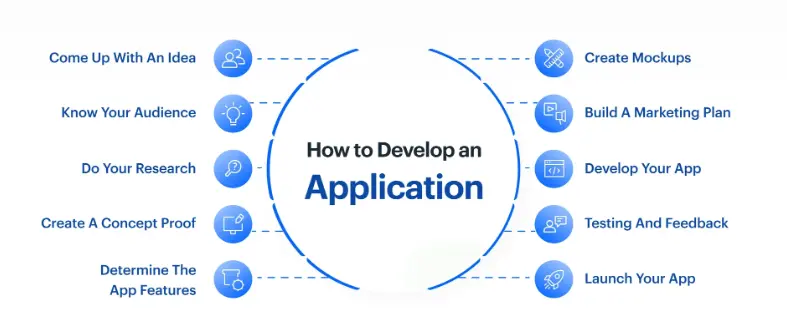
Training the Model
Training the model is a critical step. The development team will use your data to train the custom GPT application.
This involves feeding the AI with examples and fine-tuning it to understand and respond accurately. The training process can take time, depending on the complexity of the tasks and the volume of data.
The developers will run numerous tests to adjust the model's parameters, improving its performance and accuracy. Regular feedback loops help refine the AI's capabilities, ensuring it meets the specific needs of your business.
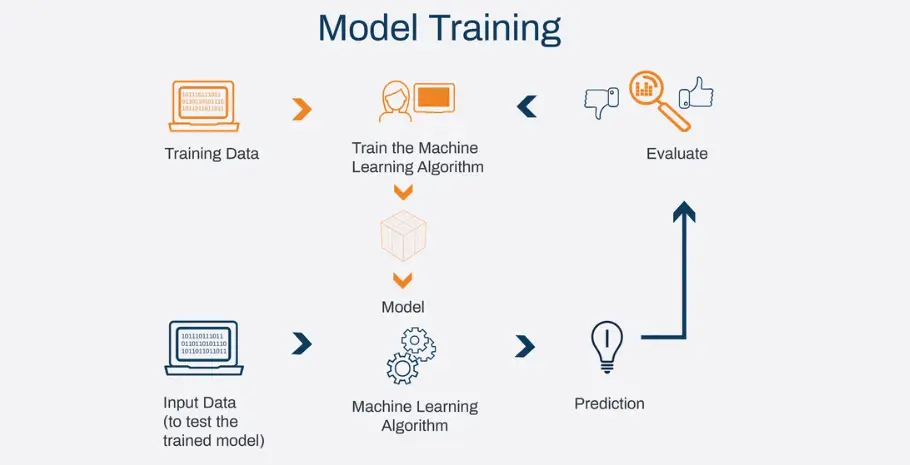
Testing and Debugging
After training, the application needs to be tested. The development team will run tests to ensure the custom GPT application works correctly.
They will fix any issues or bugs that arise during this phase. Testing involves simulating real-world scenarios to check how the AI responds.
This phase might include beta testing with a small group of users to gather feedback. Identifying and resolving bugs early prevents problems when the application goes live. Thorough testing ensures the application is reliable, user-friendly, and ready for deployment.
Integration with Your Existing Systems
Finally, this is where the integration with previous systems will be done—via the custom GPT application. This is necessary because it will ensure that the new application fits cohesively with the current workflow.
The development team will be involved in the process to ensure everything is running smoothly.
This might involve the integration of the custom GPT application with a CRM, website, or other software. This allows for seamless data flow from one system to another if done properly, increasing the efficiency of operations.
Not only that, but the development team also provides technical support and training that will help your staff adapt to the new tool.
Best Practices for Custom GPT Applications
Creating a successful custom GPT application involves following best practices to ensure it performs well and meets user needs.
Define Clear Objectives and Requirements
Set clear goals and vision for implementation :
Clearly outline your goals and desired outcomes for the custom GPT application.
Provide detailed requirements, including specific use cases, features, and technical constraints.
Document user scenarios and expected performance benchmarks to guide the development process.
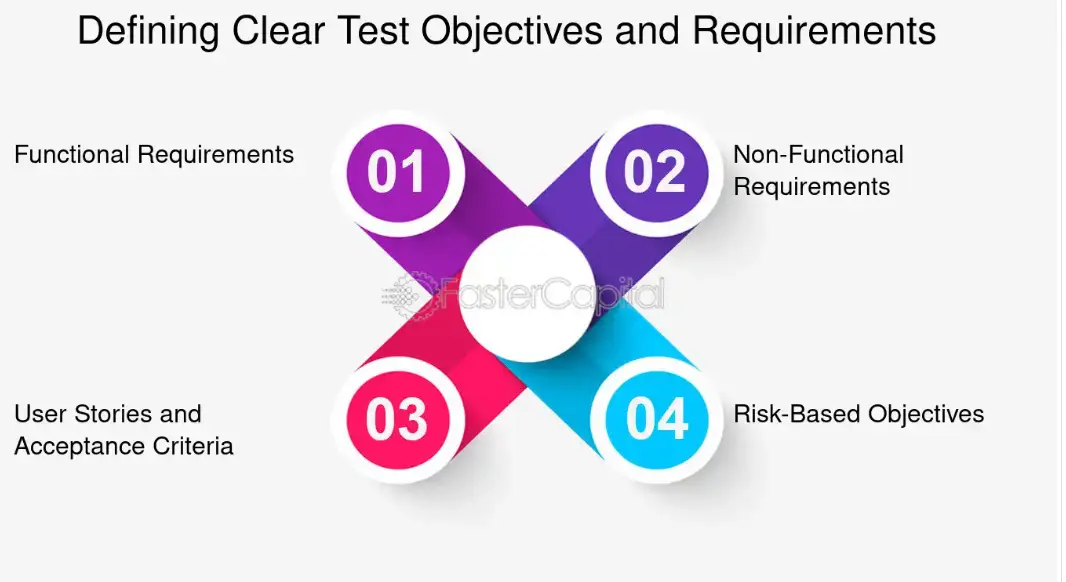
Choose the Right Development Partner
Choosing the right developmental partner will make your journey much easier :
Select a development company with a strong track record in AI and GPT applications.
Evaluate their portfolio, client references, and technical expertise.
Consider their industry knowledge to ensure they understand your unique business needs.
Ensuring Data Quality
High-quality data is the backbone of any custom GPT application. Clean, accurate, and relevant data helps the AI understand and respond correctly.
Data Cleaning: Remove any erroneous or duplicated information from your dataset.
Data Accuracy: Ensure the data accurately represents the scenarios the AI will encounter.
Consistent Formatting: Standardize data formats to avoid confusion.
Regular Updates: Continuously update your data to keep the application relevant.
Maintaining User Privacy
User privacy is crucial. When gathering data for your custom GPT application, anonymize personal information to protect user identities.
Data Anonymization: Remove or encrypt any personally identifiable information (PII).
Compliance with Laws: Adhere to regulations like GDPR or CCPA.
Secure Data Storage: Use encryption and secure storage practices.
User Consent: Inform users about data collection practices and obtain consent.
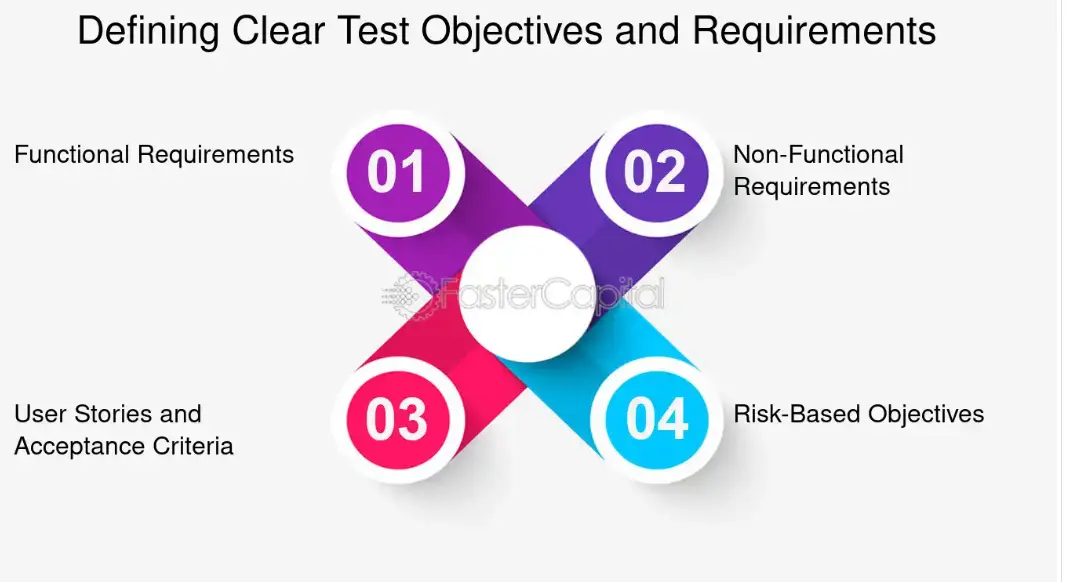
Regular Updates and Maintenance
Regular updates keep your custom GPT application running smoothly. AI technology and user needs to evolve, so your application should too.
Model Updates: Retrain your model with new data to improve accuracy.
Bug Fixes: Actively monitor for and fix any issues.
Performance Tuning: Optimize the application for better performance.
User Feedback: Implement user suggestions to enhance functionality.
Suggested Reading:What are Generative AI Models: A Comprehensive Guide
Monitoring Performance
Keep an eye on how your custom GPT application is performing. Use analytics to track key metrics like response accuracy and user satisfaction.
Key Metrics: Track performance indicators such as accuracy and response time.
Error Analysis: Review misclassifications to improve the model.
User Behavior: Monitor interactions to understand usage patterns.
Continuous Improvement: Make iterative improvements based on performance data.
Challenges and Considerations
While custom GPT applications offer many benefits, they also come with challenges. Understanding these can help you prepare and manage them effectively.
Handling Biases
It's important to identify and address these biases to ensure fair and unbiased responses.
Bias Identification: Regularly review outputs for biased patterns.
Diverse Data: Train the model with diverse data to minimize biases.
Regular Audits: Conduct periodic audits to check for bias.
Bias Mitigation Strategies: Implement strategies to reduce bias.
Managing Expectations
It's essential to manage expectations when deploying a custom GPT application. AI is powerful, but it's not perfect.
Realistic Goals: Set achievable goals for the application.
Limitations: Be upfront about AI's limitations.
User Education: Educate users on effective interaction with the AI.
Continuous Improvement: Emphasize ongoing improvements.
Suggested Reading:How to Select the Right Generative AI Tool for Your Needs?
Cost Implications
Developing and maintaining a custom GPT application involves costs. These include development fees, data storage, and ongoing maintenance.
Budget Planning: Plan for all aspects of development.
Ongoing Costs: Account for long-term expenses.
Funding Options: Explore financial support options.
Performance and Scalability
Performance and scalability are serious concerns with custom GPT applications :
Challenge: Ensuring that the GPT application performs well under different workloads and scales effectively as usage grows can be challenging.
Poor performance can lead to user dissatisfaction and limit the application’s effectiveness.
Consideration: Design the application with scalability in mind, and conduct performance testing under various scenarios.
Work with your development partner to ensure that the architecture supports efficient scaling without compromising on speed or accuracy.
Technical Limitations
AI technology has its limitations. A custom GPT application might struggle with complex tasks or unusual queries.
Scope Definition: Clearly define the application’s scope.
Fallback Mechanisms: Implement mechanisms for scenarios where AI struggles.
Ongoing Research: Stay informed about AI advancements.
User Support: Provide robust support options.
Conclusion
The adoption of custom GPT applications is transforming industries worldwide, offering businesses the ability to automate complex tasks, enhance customer experiences, and streamline operations. From SMEs to large enterprises, the versatility and power of GPT technology are unlocking new levels of efficiency and innovation across sectors like healthcare, finance, education, and more.
Designing your own GPT application for the business can be greatly effective as it addresses the needs of the business and increases the satisfaction of the users.
By doing proper data management and maintenance, protecting the rights of users, and regularly updating the application, you will create a tool that will serve its purpose adequately. Biases, expectations management, and costs are pivotal factors that you must be in a position to solve once you plan on launching your application.
Implement the opportunity of creating and utilizing the Custom GPT applications to enhance your company’s performance in the current highly competitive environment.
However, successfully implementing these applications requires careful consideration of challenges such as data privacy, ethical AI use, and the need for domain-specific customization.
As organizations continue to explore and integrate these AI-driven tools, the impact of custom GPT applications will only grow, shaping the future of how businesses operate and interact with their customers.
So what are you waiting for? Sign up with BotPenguin today to create custom GPT applications for your business!
Frequently Asked Question(FAQs)
What is a Custom GPT application?
A Custom GPT application is an AI program tailored to specific tasks or needs, leveraging the Generative Pre-trained Transformer (GPT) technology to provide specialized solutions for businesses and individuals.
How can Custom GPT applications benefit my business?
Custom GPT applications enhance efficiency, improve customer interactions, and automate routine tasks, allowing businesses to save time, reduce costs, and increase overall productivity.
What are the steps to create a Custom GPT application?
The steps include identifying business needs, setting goals, selecting a development company, gathering data, training the model, testing, debugging, and integrating with existing systems.
What challenges might I face with Custom GPT applications?
Challenges include handling biases, managing expectations, understanding cost implications, and addressing technical limitations. Proper planning and collaboration with a skilled development company can mitigate these issues.
How do I ensure data quality for my Custom GPT application?
Ensure data quality by cleaning, organizing, and regularly updating data. Use diverse and accurate datasets to train the AI model, improving its performance and reliability.
What are the costs associated with developing a Custom GPT application?
Costs include development fees, data storage, and ongoing maintenance. Budget planning, cost-benefit analysis, and exploring funding options are essential to manage these expenses effectively.

